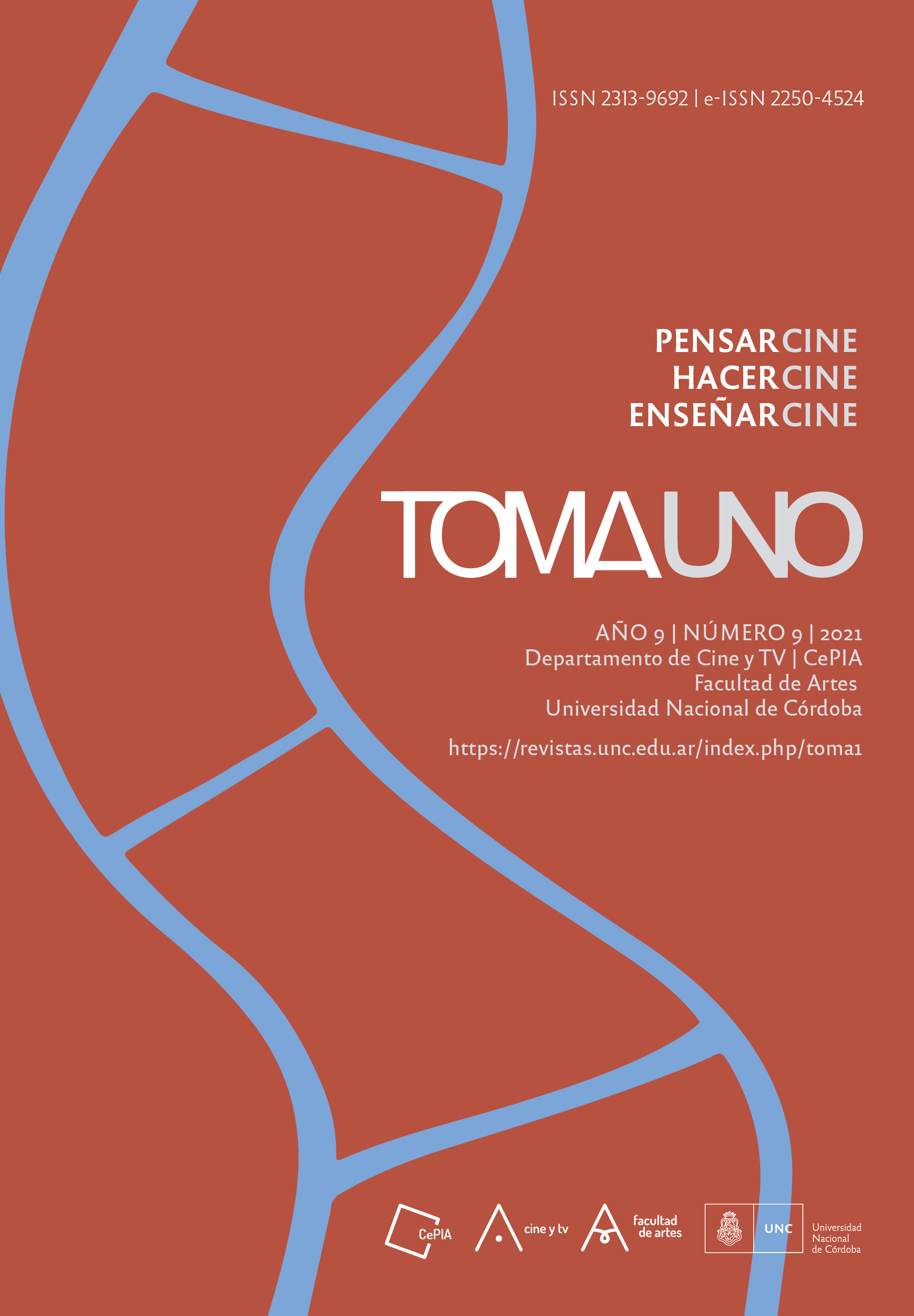Neighbors/enemies: encode the other as a threat. Exploring the film The man next door
DOI:
https://doi.org/10.55442/tomauno.n9.2021.35788Keywords:
borders, differences, violence, interculturality, imaginaryAbstract
We will analyze the film The Man Next Door (Cohn y Duprat, 2009), which crudely exposes the impossibility of coexistence of two neighbors who territorially dispute an adjoining wall, in order to problematize the notion of border and think about the dense variables that order dissimilar imaginaries. We will work from the contributions of Bachelard (2000), Castoriadis (2004), Grimson (2005) and Trigo (1997) which give us to reflect on the borders that separate spaces and imaginary, and that are normalized as power tensions (Donda, 2003) devoid of negotiation and leading to violence.
The disputed window is a border and a nexus, this paradox is not alien to the liminal problem that faces nations, ethnic groups, and genders. Proximity becomes contradictory, bringing two parties closer together, but in that cohabitation irreconcilable differences are enhanced; the neighbor is coded as enemy.
The film stresses reciprocity, the absence of negotiation, the failure of politics as a mechanism of social organization and the suppression of the other as a response learned for centuries. Coding the other as a threat is a normalized response, but it is always possible to bet on new codifications, a communal and reciprocal political vision, which enables the opening of intercultural “windows” without implying an invasion or extermination.
Downloads
References
Bachelard, G. (2000). Capítulo IX. La dialéctica de lo de adentro y lo de afuera. En La poética del espacio (pp. 185-200) (E. de Champourcin, trad.). Buenos Aires: Fondo de Cultura Económica.
Castoriadis, C. (2004). Sujeto y verdad en el mundo histórico social (S. Garzonio, trad.). Buenos Aires: Fondo de Cultura Económica.
Cirlot, J. (1998). Diccionario de símbolos. Madrid: Ediciones Siruela.
Diez, M. (2004). Reflexiones en torno a la interculturalidad. Cuadernos de antropología social, 19. Recuperado el 2021, 11 de octubre de http://www.scielo.org.ar/scielo.php?script=sci_arttext&pid=S1850-275X2004000100012.
Donda, C. (2003). Lecciones sobre Michel Foucault. Saber, sujeto, institución y poder político. Córdoba: Editorial Universitas.
Grimson, A. (2005). Fronteras, estados e identificaciones en el Cono Sur. En D. Mato (Ed.) Cultura, política y sociedad Perspectivas latinoamericanas (pp. 127-142). Ciudad Autónoma de Buenos Aires: CLACSO, Consejo Latinoamericano de Ciencias Sociales. Recuperado el 2021, 11 octubre de http://bibliotecavirtual.clacso.org.ar/ar/libros/grupos/mato/Grimson.rtf
Noailles, G. (2011). El hombre de al lado. Ética y cine. Recuperado el 2021, 11 de octubre de https://www.eticaycine.org/El-hombre-de-al-lado.
Perea Acevedo, A. (2016). Michel Foucault: Vocabulario de nociones espaciales. Bogotá: Biblioteca en estudios sociales, CLACSO, Universidad Distrital Francisco José de Caldas.
Reati, F. (1992). Nombrar lo innombrable. Buenos Aires: Ed. Legasa.
Trigo, A. (1997). Fronteras de la epistemología: epistemologías de la frontera. Papeles de Montevideo, 1 (pp. 71-89). Montevideo: Editorial Trilce. Recuperado el 2021, 11 de octubre de
Cohn, M. y Duprat, G. (Dirs.) (2009). El hombre de al lado [largometraje]. Argentina: Aleph Media.
Published
How to Cite
Issue
Section
ARK
License
LicenseThis work is licensed under Creative Commons Attribution-NonCommercial-NoDerivs 2.5 Argentina .


































